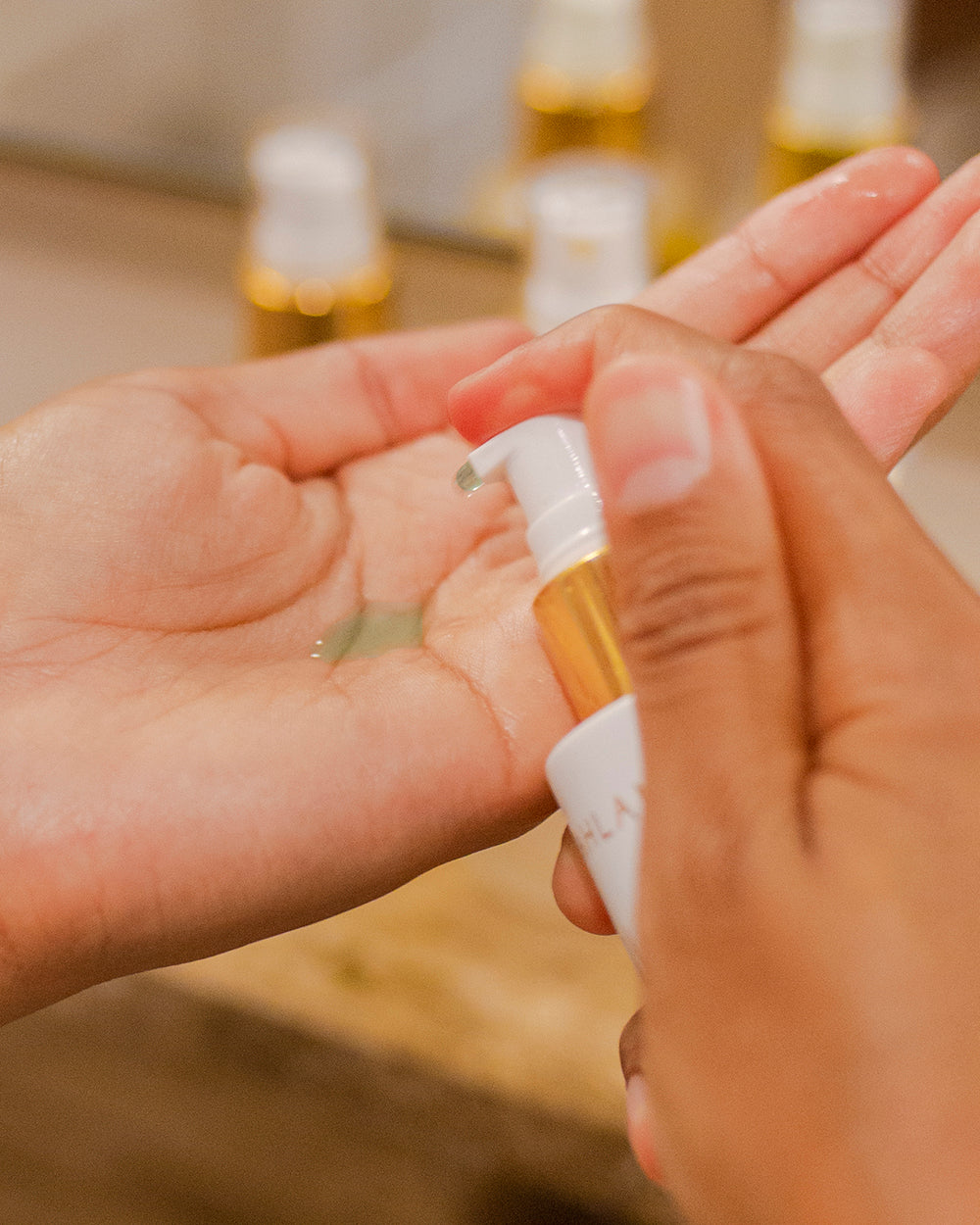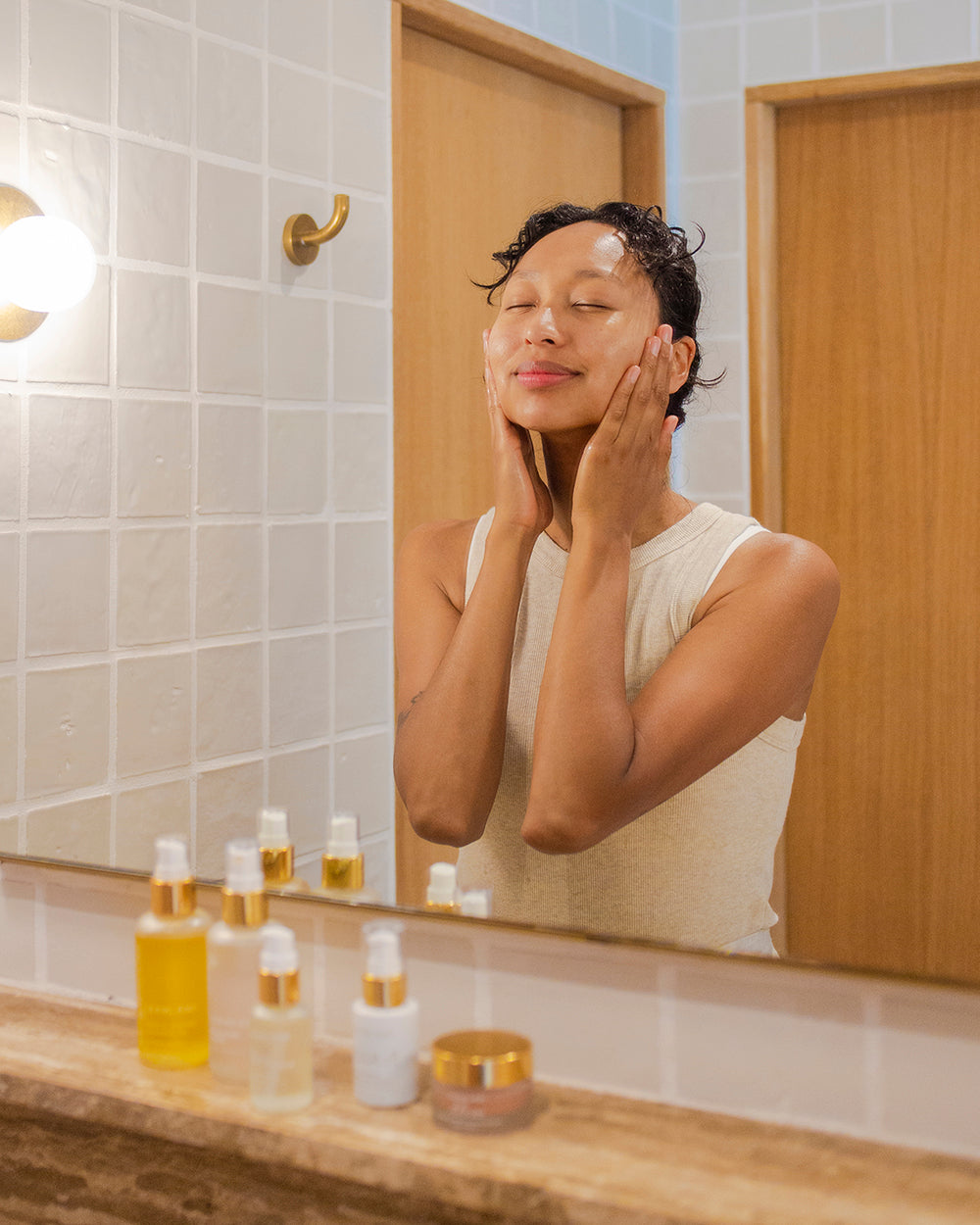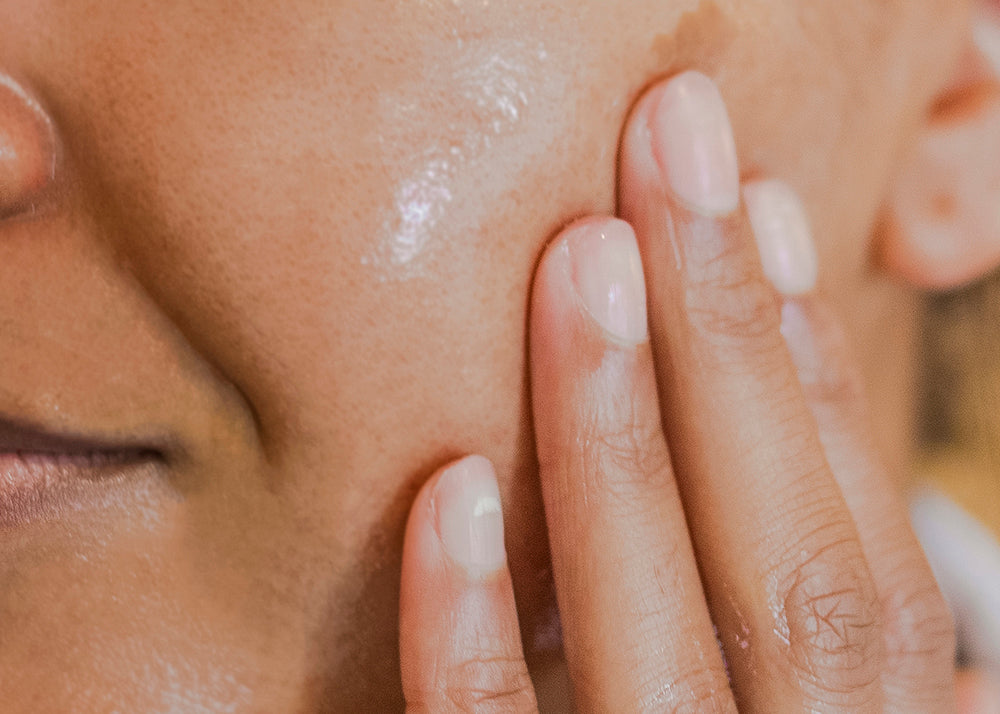Ever wonder what’s causing those surprise breakouts? Or why your skin goes from chill to reactive at the drop of a hat? Or why you haven’t seen the results of your new retinol yet? The answers are more than skin-deep. By tuning into the cycles of your skin, you can discover the root causes of skin issues and how they relate to bigger stories about your health, hormones and habits.
Learn to Read Your Skin
What is the skin cycle?
The skin cycle is the continuous process by which the skin regenerates, heals and renews itself. It begins when skin cells form beneath the epidermis and gradually rise to the skin’s surface before they are shed to make way for new skin cells. The speed of this renewal process varies by age, taking 14-21 days for teens, ~28 days for adults and up to 90 days for older adults.
How rejuvenating skincare works
Retinoids like Aqua A promote cellular turnover and balance skin tone by speeding up the skin’s regenerative process. Retinoids are highly effective for rejuvenating the skin, but take 1-3 skin cycles to start showing results. The same is true for brightening antioxidant serums like Siren, which gradually boost collagen production and fade dark spots over time with regular use.
The functioning of the skin cycle is influenced by many factors, which can show up as changes to the appearance of your skin. These factors include hormonal shifts (especially during menstrual cycles), nutrition, hydration, sun exposure, the skin microbiome, age, and sleep quality.
Treating skin topically vs. holistically
Topical treatments work on the skin’s surface, while holistic skincare also considers internal factors like diet, hydration, and overall health. Topical treatments may give you quicker results. Holistic approaches take more time to affect the skin but have wonderful long-term results. Both approaches are equally beneficial — but doing both is a game changer.
How lifestyle changes impact skin health
Some small tweaks to your habits can make a big difference to the health and appearance of your skin. Exercise boosts circulation and skin health, while water intake helps maintain skin elasticity. Diet — particularly antioxidant-rich foods — also plays a significant role in maintaining a healthy skin cycle.
Allergens and skin sensitivity
Aside from diet, several other external factors can ramp up inflammation and sensitivity. These include fabric types, detergents, certain SPF ingredients and environmental conditions.
The benefits of keeping a skin journal
Keeping a skin journal is the best way to track changes in your skin and connect them to the effects of different products or diet changes. Run fingertips over your skin after cleansing and take some notes about what you see and feel. TIP: if you track your menstrual cycle, keep your skin notes in the same place. You may notice patterns really quickly this way!
Starting a skin mindfulness practice
Now that you understand how your skin cycle works, alongside the factors that can impact skin health, you can start connecting the dots! By practicing skin mindfulness you can become more aware of your skin’s needs and responses, empowering you to make better skincare choices.









